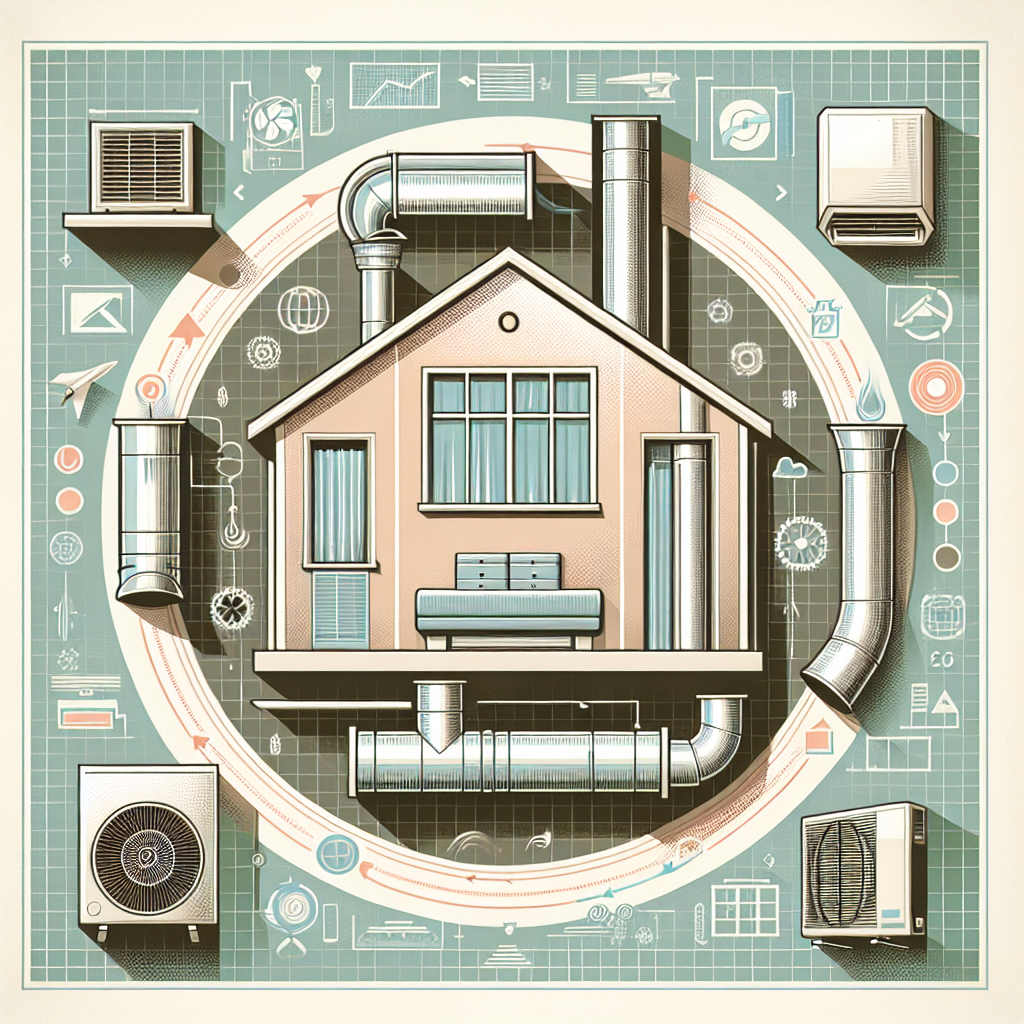Your cart is currently empty!
Ventilation Systems: A Guide to Choosing the Right Option for Your Space

When it comes to maintaining a healthy indoor environment, proper ventilation is key. Whether you’re looking to improve air quality, control humidity levels, or prevent the buildup of harmful pollutants, investing in a ventilation system is a smart choice. But with so many options available on the market, how do you know which one is right for your space? In this guide, we’ll break down the different types of ventilation systems and help you choose the best option for your needs.
1. Exhaust Ventilation
Exhaust ventilation systems work by removing stale air from a space and replacing it with fresh outdoor air. This type of system is typically used in areas like bathrooms, kitchens, and laundry rooms, where moisture and odors can accumulate. Exhaust fans are installed in key locations to help expel indoor air, creating a more comfortable and healthy environment. These systems are relatively easy to install and cost-effective, making them a popular choice for residential spaces.
2. Supply Ventilation
Supply ventilation systems work by bringing fresh outdoor air into a space while simultaneously exhausting stale indoor air. This type of system is typically used in commercial buildings or larger residential spaces where a constant supply of fresh air is needed. Supply ventilation systems can help improve indoor air quality, regulate temperature and humidity levels, and reduce energy costs by efficiently circulating air throughout the space.
3. Heat Recovery Ventilation (HRV)
HRV systems are designed to recover heat from outgoing air and transfer it to incoming air, helping to maintain a comfortable indoor temperature while also providing fresh air circulation. These systems are ideal for colder climates where heating costs can be a concern. HRV systems are energy-efficient and can help improve indoor air quality by reducing the buildup of pollutants and allergens.
4. Energy Recovery Ventilation (ERV)
Similar to HRV systems, ERV systems are designed to recover both heat and moisture from outgoing air and transfer it to incoming air. This helps to regulate temperature and humidity levels, making ERV systems ideal for humid climates where mold and mildew growth can be a concern. ERV systems are energy-efficient and can help reduce heating and cooling costs while improving indoor air quality.
5. Whole-House Ventilation
Whole-house ventilation systems are designed to provide fresh air circulation throughout an entire building, rather than just in specific areas. These systems can help improve indoor air quality, regulate temperature and humidity levels, and reduce energy costs by efficiently circulating air throughout the space. Whole-house ventilation systems can be customized to meet the specific needs of your space, whether you’re looking to control odors, reduce allergens, or maintain a comfortable temperature.
When choosing a ventilation system for your space, it’s important to consider factors like the size of the area, the level of air pollution, and your budget. Consulting with a professional HVAC technician can help you determine the best option for your needs and ensure that your ventilation system is properly installed and maintained. With the right ventilation system in place, you can enjoy a healthier, more comfortable indoor environment for years to come.

Leave a Reply